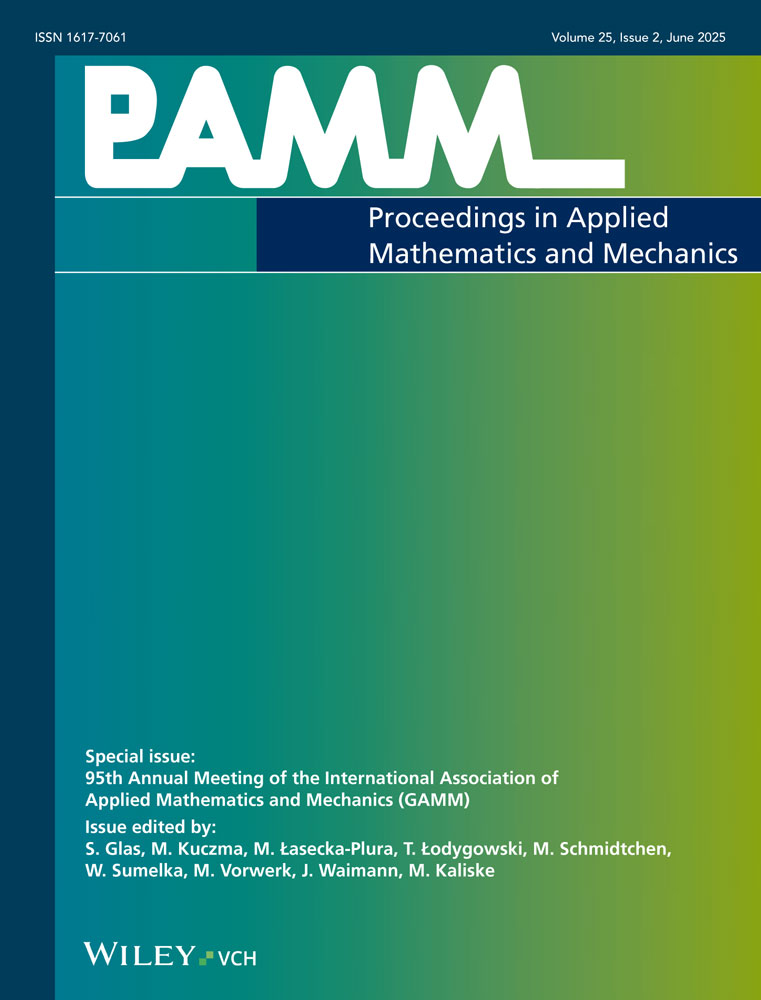Large deformation and plates
Abstract
In the simulation of deformations of plates it is well known that we have to use a special treatment of the thickness dependence. Therewith we achieve a reduction of dimension from 3D to 2D. For linear elasticity and small deformations several techniques are well established to handle the reduction of dimension and achieve acceptable numerical results. In the case of large deformations on plates with non-linear material behaviour there exist different problems. For example the analytical integration over the thickness of the plate is not possible due to the non-linearities arising from the material law and the large deformations themselves. There are several possibilities to introduce a hypothesis for the treatment of the plate thickness from the strong Kirchhoff assumption on one hand up to some hierarchical approaches on the other hand. (© 2012 Wiley-VCH Verlag GmbH & Co. KGaA, Weinheim)




